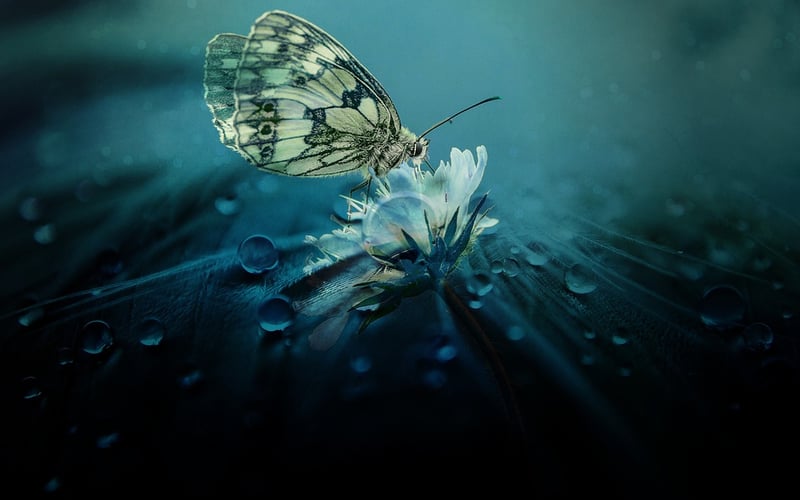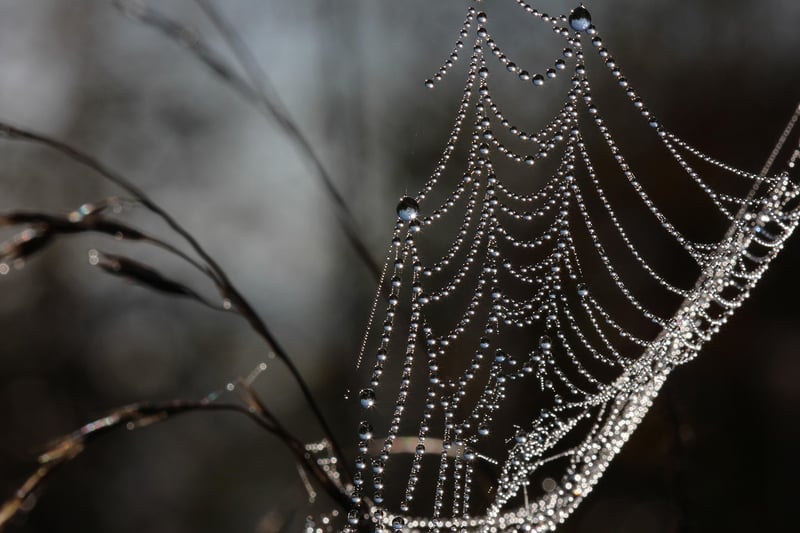Pollinator Habitats
Attracting Wildlife to Urban Areas and Creating Pollinator Habitats
The Importance of Wildlife in Urban Areas
Urban areas often lack green spaces and wildlife, which can have a negative impact on the environment and human well-being. By attracting wildlife to urban areas, we can create more sustainable and vibrant communities.
Ways to Attract Wildlife
1. Plant Native Species: Native plants provide food and shelter for local wildlife.
2. Provide Water Sources: Birds, insects, and other wildlife need water to survive.
3. Create Shelter: Birdhouses, bat boxes, and bee hotels can provide safe habitats for wildlife.
4. Minimize Chemical Use: Pesticides and herbicides can harm wildlife, so opt for natural alternatives.
Creating Pollinator Habitats
Pollinators like bees and butterflies are crucial for plant reproduction and food production. By creating pollinator habitats, we can help support these essential creatures.
How to Create Pollinator Habitats
1. Plant a Variety of Flowers: Different flower shapes and colors attract various pollinators.
2. Provide Nesting Sites: Bees need places to nest, such as bare soil or bee hotels.
3. Avoid Pesticides: Chemicals can be harmful to pollinators, so choose natural pest control methods.
Benefits of Attracting Wildlife and Creating Pollinator Habitats
- Increased biodiversity
- Improved pollination of plants
- Enhanced beauty of urban areas
- Support for local ecosystems
- Opportunities for education and community engagement

By making simple changes to our urban spaces, we can transform them into havens for wildlife and pollinators. Let's work together to create a greener and more sustainable future for all!
For more information on attracting wildlife to urban areas and creating pollinator habitats, visit National Wildlife Federation.
